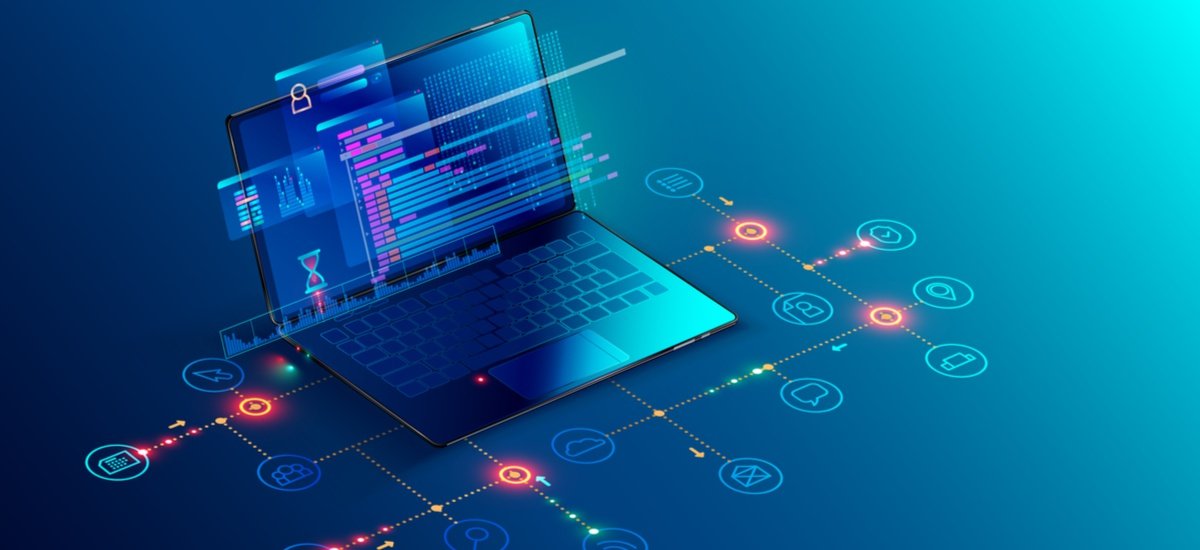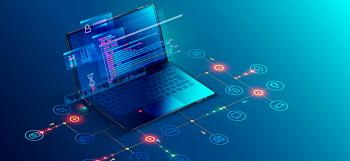What Does The Future Of Custom Software Development Look Like?
There are plenty of key expectations, predictions, and forecasts for the future of custom software development. Undeniably, software programming has changed tremendously in previous years. Constant changes in development technologies, tools, and cultures have created a more innovative, robust workforce. As an experienced programmer, it is important to learn about the largest current trends in the software industry. After all, these forward-looking breakthroughs hold the potential to massively impact your role as a software developer. To help you get started, read on to learn about what the future of custom software development will look like.
Growth Of AI-Driven Algorithms
Firstly, the future of software development will likely see the growth of artificial intelligence algorithms to drive automation. Already, development teams are using complex algorithms to run programs, conduct testing, and implement software products. However, as automation becomes the norm in modern software programming, it is likely that we will see many more uses of these sophisticated algorithms. For example, many teams will use these frameworks for data processing, automated reasoning, and pattern recognition. This way, they can minimize human errors and streamline repetitive tasks. Of course, this often leads to faster decision-making and higher standards of innovation. Certainly, the growth of AI-driven algorithms is a major expectation for the future of custom software.
Explosion Of Robust Development Tools
Next, tools that help programmers develop, test, or maintain software are also playing a major role in the growth of this industry. There are plenty of pioneering tools that help teams accelerate delivery, improve software quality, and increase flexibility. For example, you can use a private container registry by JFrog as a single access point to manage and organize all of your Docker images. This way, you can accurately control who has access to what. Using these solutions, you can scan for any potential system vulnerabilities, then make patches as needed. Of course, this additionally helps you manage image, as well as user authentication on your custom software assets. Indeed, the expansion of robust programming tools is a key prediction for the future of custom software.
Broadening Of Orchestration
In addition, many teams will continue to rely on orchestration to better build, control, and maintain custom software assets. Essentially, orchestration refers to the automation coordination, configuration, and management of software systems. Undeniably, one of the most popular techniques is cloud orchestration, which helps deploy servers and configure virtual machines (VMs). Other popular frameworks include service, release, and container orchestration. Implementing these procedures, software teams can more effectively manage complex issues and workflows. Naturally, this often leads to the establishment and execution of sophisticated repeatable processes that can be automated. Surely, the practice of orchestration will significantly broaden in response to the future software engineering.
Widening Impact Of GraphQL
Of course, it is likely that many custom software teams will continue using the GraphQL programming language in 2021, as well as throughout the future of development. Unlike other popular coding languages, GraphQL serves as a manipulation and data query language. Adopting this framework, you can effectively build, maintain, and deploy application programming interfaces (APIs). Simultaneously, this robust architecture serves as a runtime for fulfilling user queries with existing data. Programming with GraphQL, you can improve your internal processes for fetching data, tailoring requests, and code sharing. Of course, this often leads to better standards of API evolution, documentation, and validation. Absolutely, the future of software development also suggests the widening impact of the GraphQL programming language.
Blooming Of Mixed Reality (MR) Solutions
Moreover, many teams will begin to leverage mixed reality tech solutions to create more engaging software products. MR involves the combination of augmented (AR) and virtual reality (VR) in order to create a fully-immersive digital environment. Simply, it connects humans with computers in a futuristic blend of physical and digital worlds. In the development field, this technology has been used to build custom software for interactive learning, video games, as well as the healthcare field. Adopting these futuristic trends, you can speed up your quality control processes and maintain a competitive advantage across your software team. Indubitably, the explosion of the MR industry is a key prediction for the future of custom software.
There are plenty of technical expectations for the future of custom software programming. Firstly, many companies will place a heavier reliance on AI-powered algorithms. In addition, many teams will continue to rely on systems orchestration. Next, it is likely that teams will continue to adopt futuristic development tools. Of course, many teams will continue to utilize, or begin to embrace GraphQL coding language. Moreover, the mixed reality industry will have a massive impact on custom software solutions. Follow the points outlined above to learn about what the future of custom software development will look like.
Comments
There are 0 comments on this post













